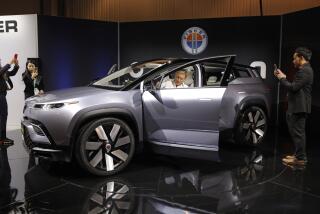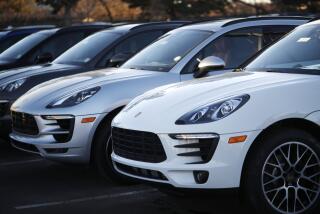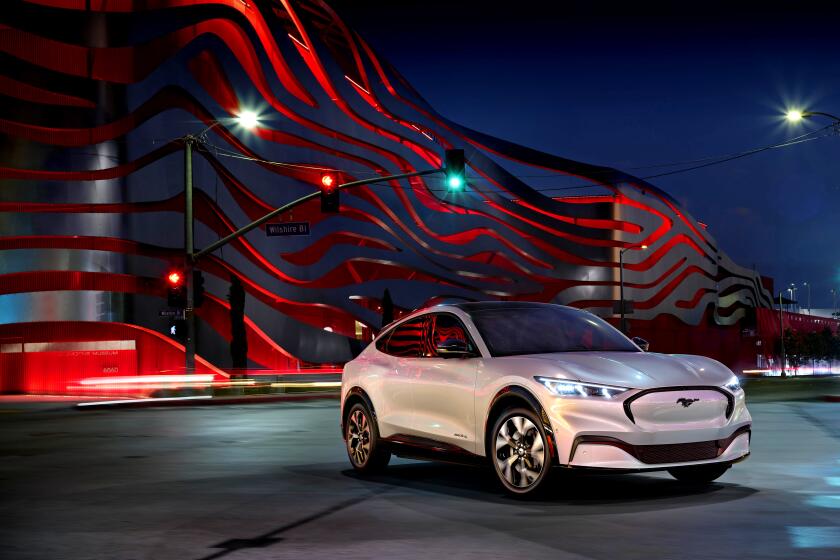World’s first Porsche -- an 1898 all-electric car -- to go on display
What does a three-horsepower, all-electric car that’s more than a century old have in common with some of the modern world’s most capable and powerful sports cars?
They’re both built by Porsche.
On Monday, the German automaker announced it was putting on display in its Stuttgart, Germany, museum the Egger-Lohner electric vehicle, C.2 Phaeton. This small, open-top car, nicknamed the P1, was built in 1898 by Ferdinand Porsche when he was 22. It’s the first car he ever built.
PHOTOS: World’s first car built by Porsche
That’s the same Ferdinand Porsche who would form his eponymous brand in 1931. The company initially designed vehicles such as the original Volkswagen Beetle and various tanks used by the Nazis in World War II, before setting its sights on sports cars shortly after the war ended.
Porsche, the man, built just four copies of his Egger-Lohner electric car, according to the brand that bears his name today. Although the rest are unaccounted for, this version was parked in a barn in 1902 and sat there untouched until last summer.
The P1 gets its nickname from the “P1” Ferdinand engraved in each of the car’s components to denote who designed it (P for Porsche and 1 for it being the first vehicle that he built).
To build the P1, Porsche used an electric motor from an Austrian company he had worked with for several years (Egger). He mounted it to a chassis and body built by Lohner. The car has three horsepower under normal operation, though the driver can overload the system for brief bursts of a whopping five horsepower.
At just under 3,000 pounds, the P1 weighs as much as your modern compact sedan, but it’s wheelbase is nearly a third the length. Its top speed is 21 mph, while cruising speed is a more moderate 15 mph. Its 49-mile range is impressive considering many modern electric cars can manage only about 80 to 100 miles.
Though modern electric vehicles have struggled to gain acceptance, they were a common sight on roads at the turn of the 20th century. Their appeal at the dawn of the automobile was largely for the same reasons they’re gaining popularity today.
“Electric cars of that era were quieter, easier to operate, and needed no shifting of gears,” said Matt Anderson, curator of transportation at the Henry Ford museum. “It was an open question for several years from the start of the industry as to whether gas, steam, or electric would win out.”
Electric cars became so popular in urban areas like New York City that public charging stations were even installed. It wasn’t until the electric starter was invented for gas cars in 1912 that the popularity of electric cars began to wane, Anderson said.
That Porsche would have a keen interest in entering this industry in 1898 reflects the public’s rapt excitement with the automobile. Dozens of mom and pop auto making shops cropped up across the U.S. and Europe.
“Everybody wanted to get into the business,” Anderson said. “It was the next big thing. It wasn’t surprising to find people like Porsche or Henry Ford tinkering in their garages and trying to get their foot in the door.”
The P1 will now become a permanent part of the Porsche display at its museum. There, this piece of the brand’s past will share floor space with a glimpse into Porsche’s electrified future: a concept from the 2010 Geneva Motor Show that previewed the 2015 918 now in production.
What a difference more than a century can make: with 887 total horsepower, the 918 can hit 60 mph in 2.5 seconds and tops out at 224 mph — speeds surely fast enough to bring a tear to Ferdinand Porsche’s eye.







